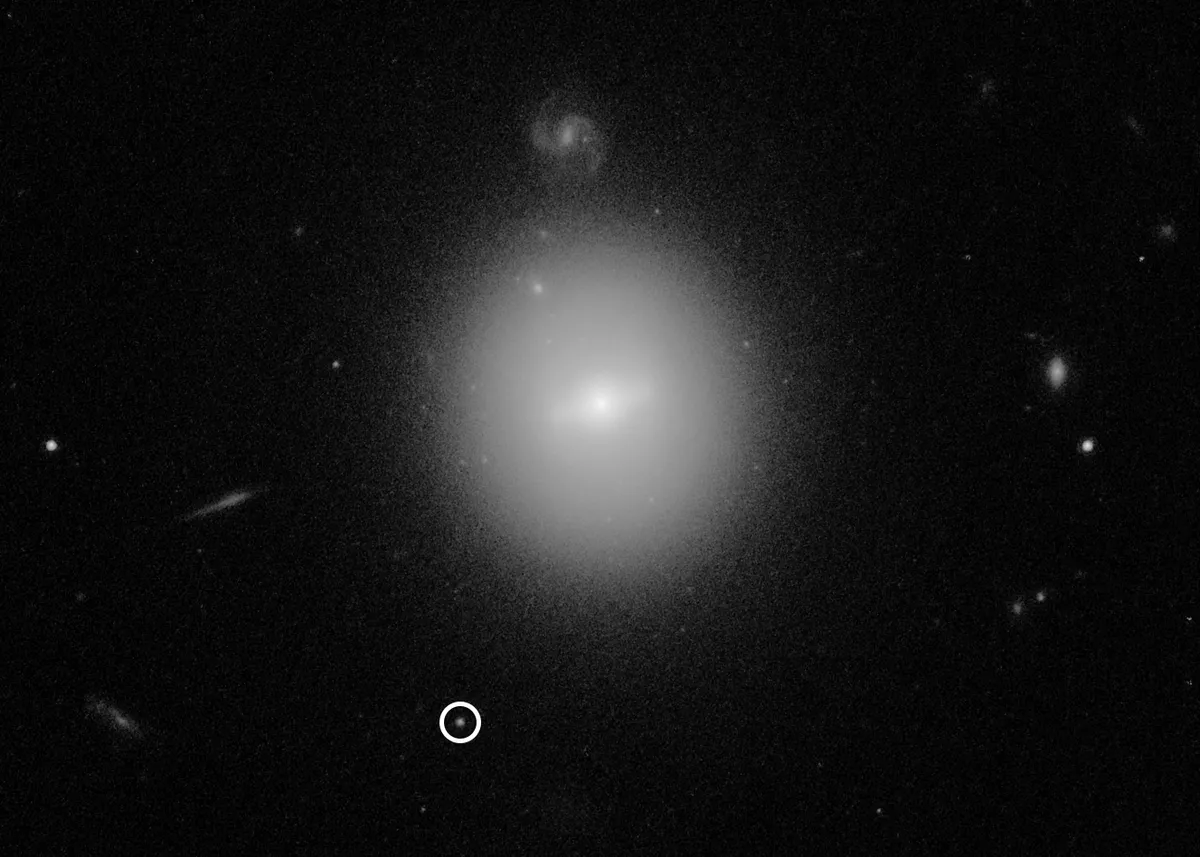Astronomers using the Hubble Space Telescope have discovered a concentration of small black holes at the centre of a globular cluster.
The discovery was something of a surprise, as the team behind the study had expected to see just one intermediate-mass black hole within the star cluster.
The black holes were found at the centre of globular cluster NGC 6397. Globular clusters are ancient stellar systems in which stars are packed closely together.They are thought to be some of the oldest objects in the Universe.
NGC 6397, the globular cluster observed in this study, is about 7,800 lightyears away and is almost as old as the Universe itself.

The astronomers behind the study first thought NGC 6397 contained a single intermediate-mass black hole (IMBH), which are considered by astronomers to be the 'missing link' between the supermassive black holes found at the centres of galaxies, and stellar-mass black holes, which are just a few times the mass of the Sun.
The existence of IMBHs is still widely-debated in astronomy, although the field of black hole study has much to learn. We don't, for example yet definitively know where our nearest black hole is.
Astronomers used the velocities of the stars within the globular cluster to infer the distribution of mass, including the mass of visible stars, fainter stars and black holes.
"We found very strong evidence for an invisible mass in the dense core of the globular cluster, but we were surprised to find that this extra mass is not 'point-like' (that would be expected for a solitary massive black hole) but extended to a few percent of the size of the cluster," says Eduardo Vitral of the Paris Institute of Astrophysics (IAP) in Paris, France.
"Our analysis indicated that the orbits of the stars are close to random throughout the globular cluster, rather than systematically circular or very elongated," says Gary Mamon, also of IAP.

The results of the study suggest that the invisible mass in the globular cluster consists of the remnants of massive stars such as white dwarfs, neutron stars and black holes.
It's thought these 'dead' stars worked their way into the centre of the cluster over time, with lower-mass stars being pushed out to the edges.
"We used the theory of stellar evolution to conclude that most of the extra mass we found was in the form of black holes," says Mamon.
"Ours is the first study to provide both the mass and the extent of what appears to be a collection of mostly black holes in the centre of a core-collapsed globular cluster," says Vitral.
Read the full story at the Hubble Space Telescope website or read the paper at Astronomy & Astrophysics.
